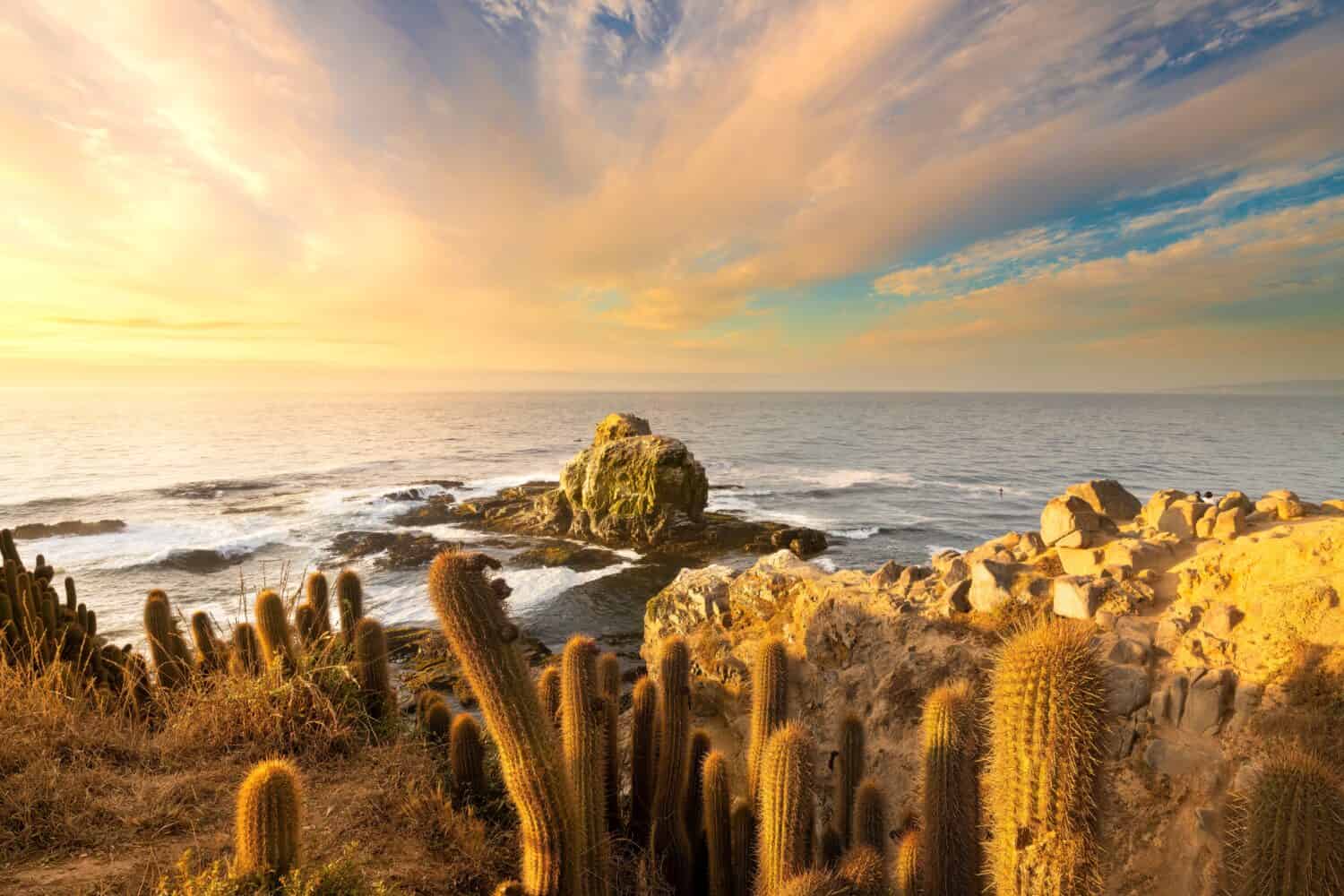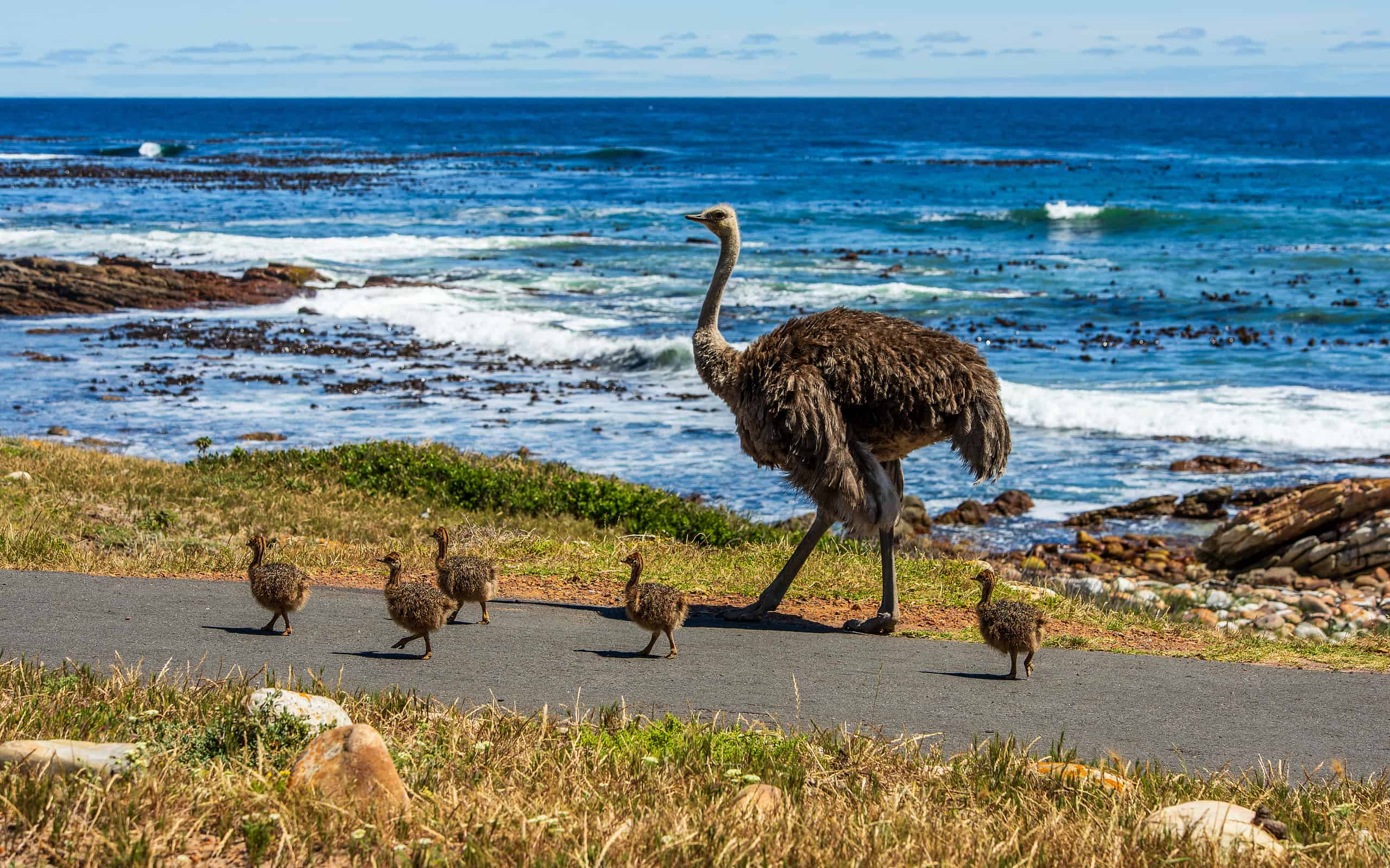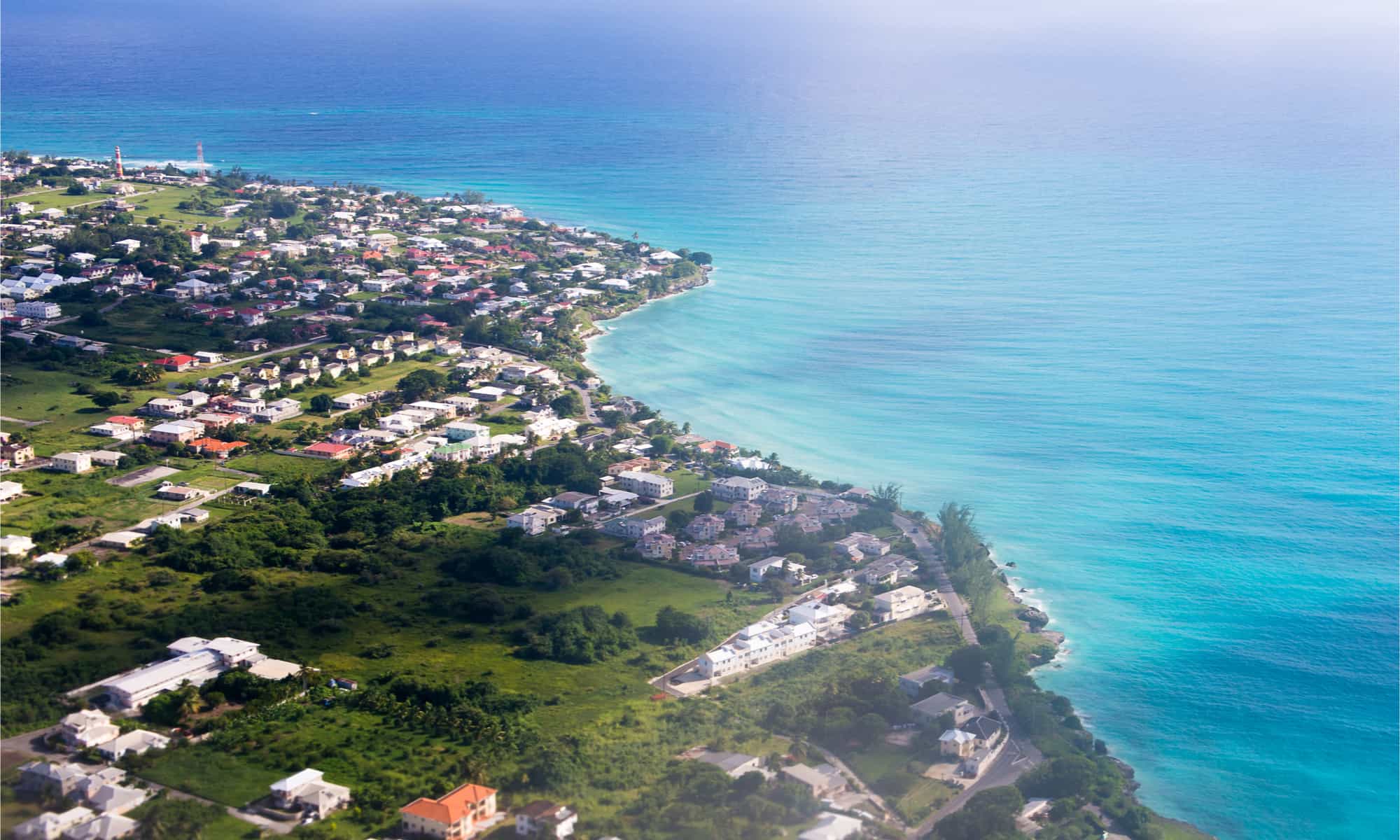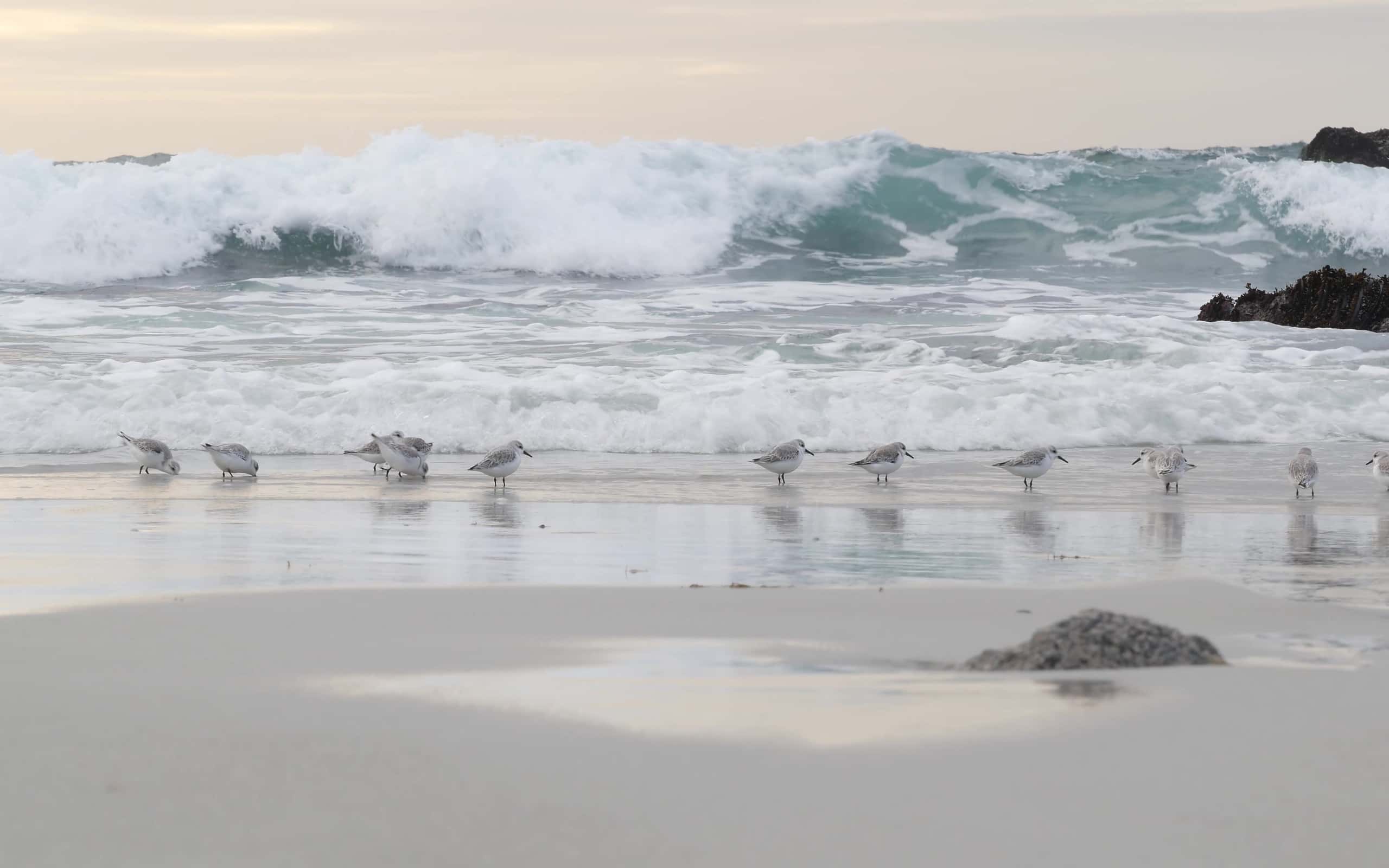The ocean is a beautiful place. It’s full of diverse wildlife, beautiful sunsets, and places to relax and enjoy the views from the beach. However, not all of the ocean is pleasant and fun. Some areas are dangerous to travel to, whether you are swimming or in a boat. These most dangerous parts of the ocean are there to remind you that though there are times when oceans are beautiful, they are matched in beauty by their hazards.
A mix of currents, shallow waters, dangerous animals, and storms serve to make these places below some of the most dangerous areas in the entire ocean.
1. Cape Horn

The ocean in front of the cape is full of danger.
©Jose Luis Stephens/Shutterstock.com
Cape Horn is at the southernmost side of Chile. It’s technically the name of the headland but is also used to refer to the dangerous ocean just in front of it.
Cape Horn is no joke for boats. There are several reasons why this area is so dangerous. For one, the ocean floor grows much shallower. It drops from 13,200 feet down to 330 feet in just a few miles. There’s also a strong, rather consistent wind that comes from the west.
These two situations combined lead to powerful and massive waves. These waves are an almost constant problem, even in good weather. In bad weather, it’s almost impossible to navigate.
While this is the biggest issue, it’s not the only one in the area called Cape Horn. There are also freezing temperatures, stray icebergs, and rocky shoals that can scrape up an unsuspecting boat. Hundreds of ships have sunk in the area due to the deadly combination.
Thankfully, with the opening of the Panama Canal in 1914, the path isn’t used as much and the number of wrecks and deaths has gone down somewhat.
2. Cape of Good Hope

Though there’s danger near the cape, it’s also home to indigenous plants and animals found nowhere else in the world.
©feel4nature/iStock via Getty Images
The Cape of Good Hope is located in the south of South Africa. It’s a narrow peninsula that reaches out towards the ocean. It’s the most southwestern point of the continent.
One of the dangers is that the weather in the area is rather unpredictable. Though the surrounding areas are bright and sunny, the cape may be full of storm clouds and wind.
Because of the unusual weather patterns, the cape was originally called The Cape of Storms. However, in an attempt to attract more people to take the route and trade with that area of Africa, the name changed to The Cape of Good Hope.
It’s not just the storms that make this area rather dangerous. The warm current running from the east meets with the warm current from the northwest at the cape. Where these two currents meet makes for turbulent water, which causes many ships to sink. The wind also comes from different directions throughout the year, which brings in various storms.
3. Northern Tropical Queensland

Despite the dangers, many people still choose to swim in the area around North Queensland.
©wallix/iStock via Getty Images
The ocean water in front of Queensland, Australia isn’t inherently dangerous. The water is quite perfect for a dip. However, that doesn’t mean you’re safe to jump right in. There are still threats in these waters.
The main reason for the danger is the local wildlife. There are some standard dangerous animals like sharks. But there are also some animals such as the blue-ringed octopus, crocodiles, and jellyfish that all pose risks.
This mix of aggressive predators, venomous and painful stinging makes it quite dangerous to swim around in the area. Most of these animals can cause death for an unsuspecting swimmer.
Of course, that doesn’t stop people from swimming in the area. Some visitors are simply unaware of the dangers. However, others take the risk because they know the safest times to go swimming. The government has also taken some steps to reduce the dangers, such as making enclosures around the swimming area to keep out jellyfish and and putting out signs of what animals are in the area, when they are most active, and what to look out for while swimming.
4. North and East Coast of Barbados

There are four coasts in Barbados and while all of them pose some danger, two of the coasts are particularly deadly.
©Anton_Ivanov/Shutterstock.com
The biggest danger around Barbados has to do with the currents. If you end up swimming in the wrong place, you end up fighting strong riptides trying to pull you deep and far out into the sea. There are also the chances for powerful waves to pop up unexpectedly. Tides move the water far more than you might expect as well.
Because of this, there aren’t many areas where it’s considered safe to swim. Before jumping in for a dip, it’s a good idea to make sure you understand what you’re getting into. If you do want to swim in Barbados, avoid the Atlantic sides.
Unless you’re an experienced surfer, it’s best to avoid the north and east sides for swimming. The west and the south sides are the safest places to swim. The west is generally considered the safest of the two as the currents aren’t as strong and the waves are somewhat gentle. However, that doesn’t mean there’s no danger. They still have somewhat strong undercurrents that can pose dangers to children or those who have had a little too much to drink.
Like Australia, there are also some dangerous animals in the water. The two most dangerous are sea urchins which pose a danger if you step on their spines and the man-o-war which is an animal that poses an incredibly painful, though not deadly, sting.
5. Red Triangle

The Red Triangle is an area that stretches from Bodega Bay to Farron Islands to Big Sur in California’s ocean.
©DogoraSun/iStock via Getty Images
The area enclosed in the Red Triangle just off of California is home to a diverse range of marine wildlife. Animals such as harbor seals, sea otters, elephant seals, and sea lions live in abundance in the area. While this makes it quite exciting to visit, it also makes it quite dangerous.
It’s not necessarily these mammals themselves that are dangerous, though they can pose risks. Instead, it’s the animal that preys on all of these mammals. Great white sharks enjoy snacking on all of these animals. So where sea lions, seals, and otters are found in great numbers, you’ll also come across a large number of great white sharks.
This is quite a problem. The beach off of San Fransisco is located within this triangle. The beaches are often quite packed with people enjoying all sorts of water activities including diving, swimming, surfing, and windsurfing.
Sometimes, the sharks mistake people for their prey and end up attacking. It’s estimated that 38 percent of all great white shark attacks in the US originate from the Red Triangle. To avoid a potential bite, it’s best to visit the waters somewhere between May and August. Also, sharks appear in the area in some years more than others. Female great white sharks appear in the area about every two years. So if you want to keep track of the sharks, you can visit the beaches in the off years for maximum safety.
Summary of the Most Dangerous Places in the Ocean
| List Number | Name of the Dangerous Place | Location | Dangers it Poses |
|---|---|---|---|
| 1 | Cape Horn | Chile | Strong storms, big waves, rocky shoals |
| 2 | Cape of Good Hope | South Africa | Powerful currents, unique weather patterns, strong winds that change direction throughout the year |
| 3 | Northern Tropical Queensland | Australia | Dangerous and deadly animals at different times throughout the year |
| 4 | North and East Coasts | Barbados | Strong currents, unpredictable waves, unusual tides |
| 5 | Red Triangle | Off the coast of California | Thanks to the high population of large marine mammals, great white sharks are common in the area |
The photo featured at the top of this post is © Maximillian cabinet/Shutterstock.com
Thank you for reading! Have some feedback for us? Contact the AZ Animals editorial team.






